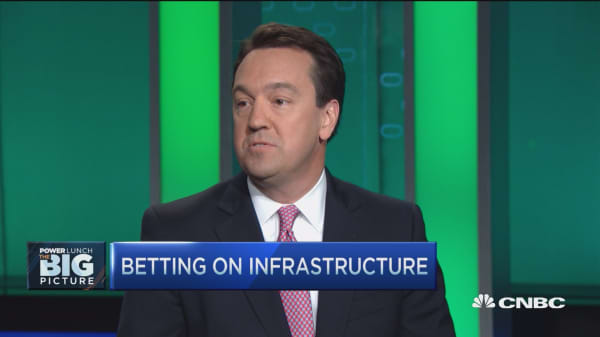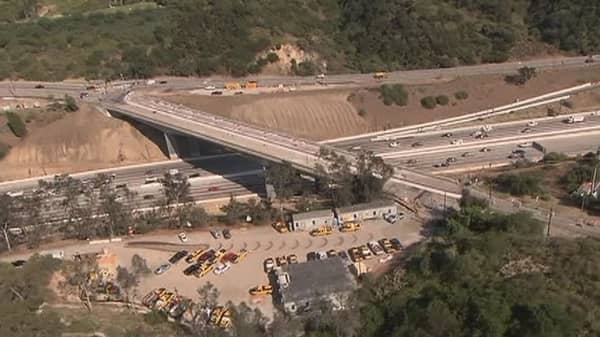It's time to boost spending on new roads, airports, water works and other U.S. infrastructure.
That campaign promise is a reliable applause line for American voters dodging potholes, waiting in long lines at airports and worried about their drinking water.
Rebuilding America won't be easy. Across the 50 states, rising costs of operating and maintaining transportation, power and water systems are consuming a larger share of overall spending.
And many in the workforce now handling this are approaching retirement, creating a potential shortage of skilled workers to take over those jobs, according to Joseph Kane, a researcher at the Brookings Metropolitan Policy Program.
"There is a real retirement crisis as many of these workers are aging and reaching the end of their careers," he said. "We need millions of these rail workers, highway workers, logisticians, cargo agents, through the country to fill long-term positions. But right now there is an overemphasis on the short-term construction work."
Kane analyzed dozens of job titles directly associated with long-term positions operating and maintaining infrastructure, assigning them a "knowledge score" based on the requirements of the job. Many of those long-term positions require a high skill level that generates higher wages than short-term work.








